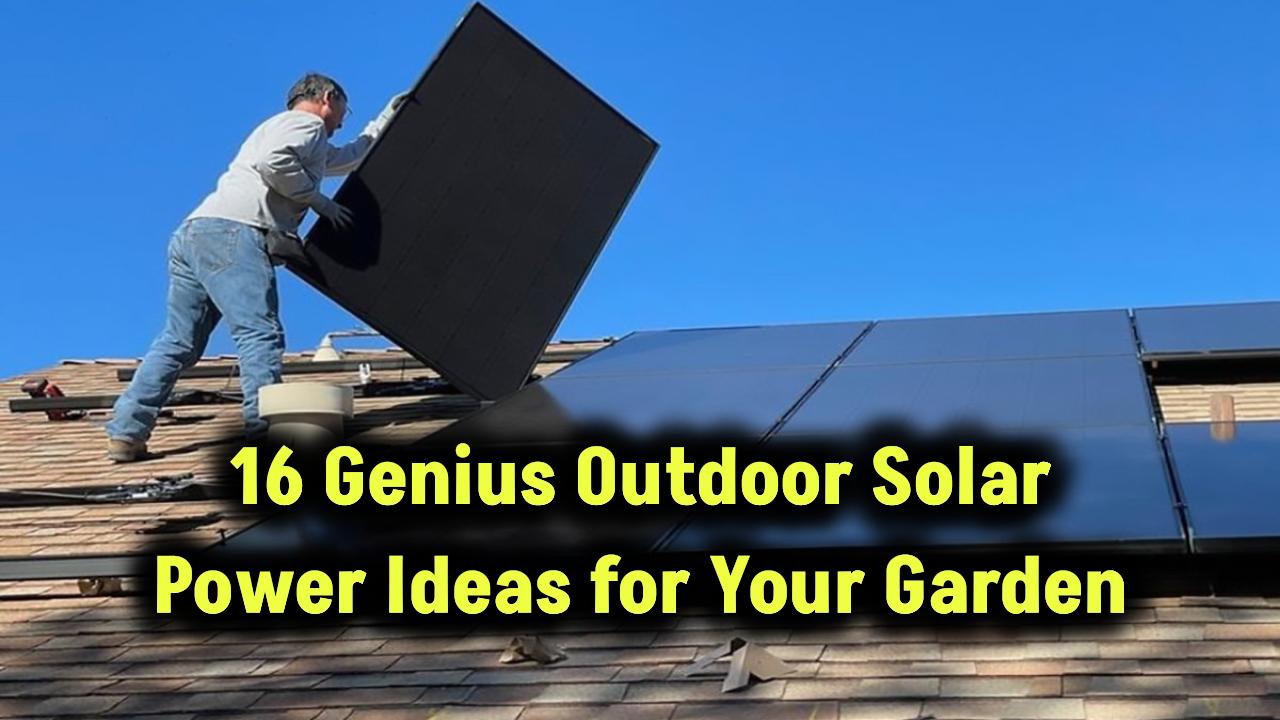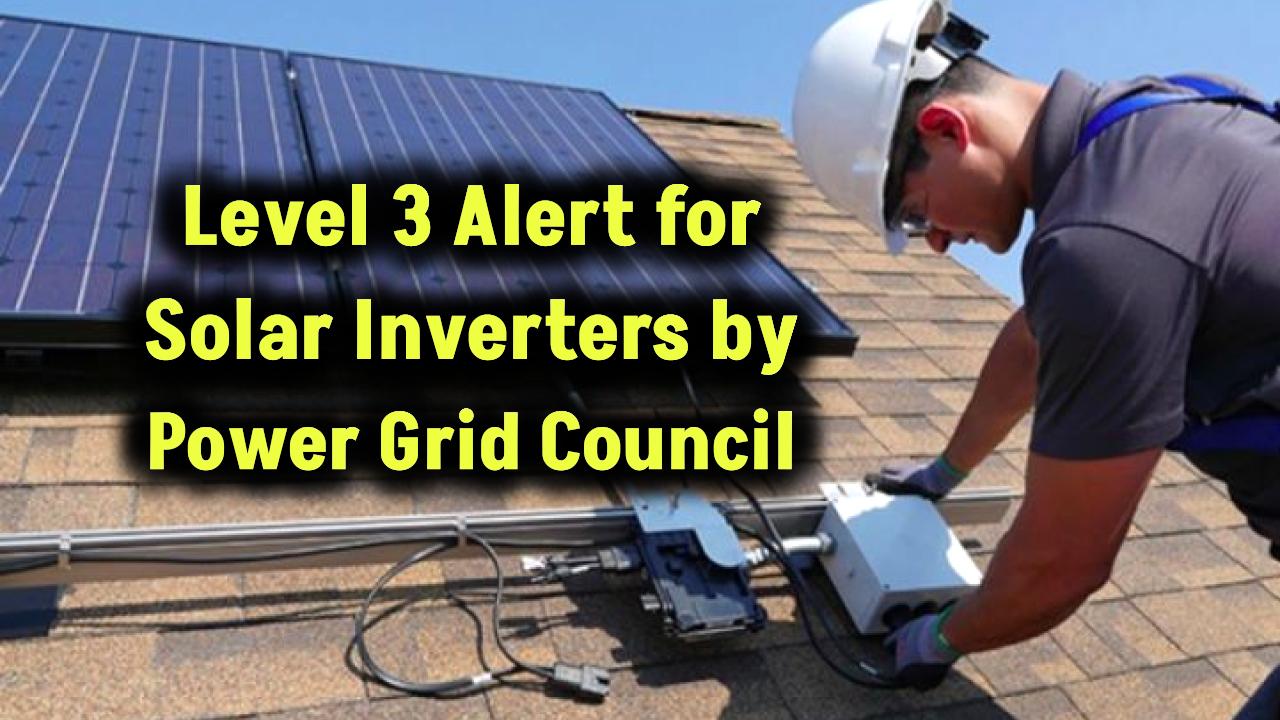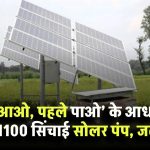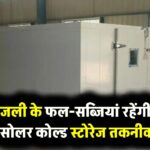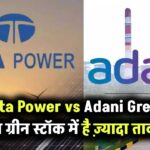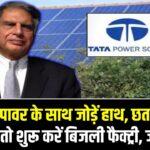
In recent months, global institutional investors have been quietly — and steadily — ramping up their stakes in SolarEdge Technologies, a prominent solar equipment manufacturer. If you’ve been watching the clean energy space, you might be wondering: Why the sudden interest in a company that just recently faced sharp stock declines and restructuring pains?
Well, as the saying goes, “smart money moves early.” And that’s exactly what’s happening here. Let’s break it down in plain English — why SolarEdge is getting love from major funds, what that means for retail investors, and how you can make sense of the numbers and momentum behind this shift.
What is SolarEdge Technologies and What Do They Do?
Founded in 2006 and based in Israel, SolarEdge Technologies builds solar inverters and power optimizers — the brains behind solar panel systems. Think of them like the traffic controllers of solar energy, ensuring electricity generated by panels flows efficiently and safely into your home or the grid.
They are a global leader in solar inverter solutions, and their tech is embedded in residential, commercial, and large-scale solar projects around the world.
With global emphasis on net-zero goals, renewable energy subsidies, and the race to decarbonize, companies like SolarEdge are positioned at the heart of a trillion-dollar megatrend.
Why Global Funds Are Rushing In
1. Strategic Bet on the Renewable Energy Future
The world is racing to meet climate targets. From the U.S. Inflation Reduction Act (IRA) to the EU’s Green Deal, governments are throwing billions into renewable infrastructure.
And that’s not just policy fluff — real cash is moving into the sector.
SolarEdge’s products are mission-critical for the solar energy ecosystem, which is why investment giants like BlackRock — the world’s largest asset manager — are upping their stakes.
Fact: BlackRock raised its stake in SolarEdge from 9% to 15.8% in early 2024.
These investors aren’t chasing hype — they’re betting on long-term fundamentals.
2. Valuation Has Hit Rock Bottom
After peaking in 2021, SolarEdge stock has fallen nearly 80%. That crash was triggered by:
- High interest rates, making solar installations more expensive
- Inventory buildup due to oversupply
- A weak macroeconomic environment in Europe, one of its major markets
While all that spooked retail investors, big funds saw something different: an undervalued asset with strong technology, solid IP, and a growing global footprint.
As of Q1 2025, SolarEdge was removed from the S&P 500, but this “bad news” further lowered the price, opening the door for value hunters.
3. Signs of a Turnaround Are Already Showing
Let’s talk about comeback stories. SolarEdge has been:
- Cutting costs (laid off ~16% of staff)
- Selling off non-core assets
- Focusing more on U.S. and Asia markets
This strategic pivot is already having an impact.
Margins are improving. Losses are narrowing. And analysts — even the skeptical ones — are starting to notice.
Goldman Sachs upgraded SolarEdge from “Sell” to “Buy” in late 2024, citing “execution improvements and margin stabilization.”
SolarEdge in 2025
If you’re thinking about buying in, you’re not alone.
Here’s what to keep in mind:
1. The Risk is Still Real
- Margins are improving but remain thin.
- Competition from players like Enphase Energy is intense.
- The company’s exposure to European markets — which are still shaky — could limit growth.
2. The Upside Is Long-Term
- With solar adoption increasing globally, SolarEdge is in the right space.
- Its recent restructuring could position it for strong earnings growth in 2026 and beyond.
- The stock is trading far below historical valuation metrics, making it a deep value play in clean tech.
Get Paid to Go Solar? Here’s What the US Government Is Offering in Solar Panel Incentives
5 Genius Solar Hacks That Could Slash Your Electricity Bill Forever
Scientists Created This Tiny Solar Molecule—It Might Replace Your Power Company
Investor Takeaways
Let’s put it simply:
If you’re looking for a quick win, this stock might not be your pick. But if you have a 2–5 year horizon, SolarEdge is shaping up to be a classic rebound story.
Institutional investors aren’t throwing darts at a board. Their big bets — like BlackRock’s increased stake — are backed by deep research, forward-looking models, and high conviction.
So, if you trust the data and you’re willing to stomach some short-term volatility, SolarEdge could be a strong strategic addition to your green portfolio.
FAQs
Q1. Why did SolarEdge stock fall so much?
The stock plummeted nearly 80% due to weak demand in Europe, rising interest rates, and inventory challenges. But much of this appears priced in now.
Q2. Is SolarEdge profitable in 2025?
As of early 2025, SolarEdge is not yet fully profitable but has reduced its losses significantly. The company expects to return to profitability by mid-2026.
Q3. How does SolarEdge compare with Enphase Energy?
Enphase focuses on microinverters, while SolarEdge uses power optimizers and central inverters. Both have strong tech, but SolarEdge offers slightly better international exposure.
Q4. Are there any dividends?
No, SolarEdge does not currently pay dividends. The company reinvests its earnings into growth and R&D.
Q5. Should I wait for more recovery before buying?
That’s your call. But global funds are buying during the dip — not after the recovery. Long-term investors often prefer to enter when the stock is undervalued.

